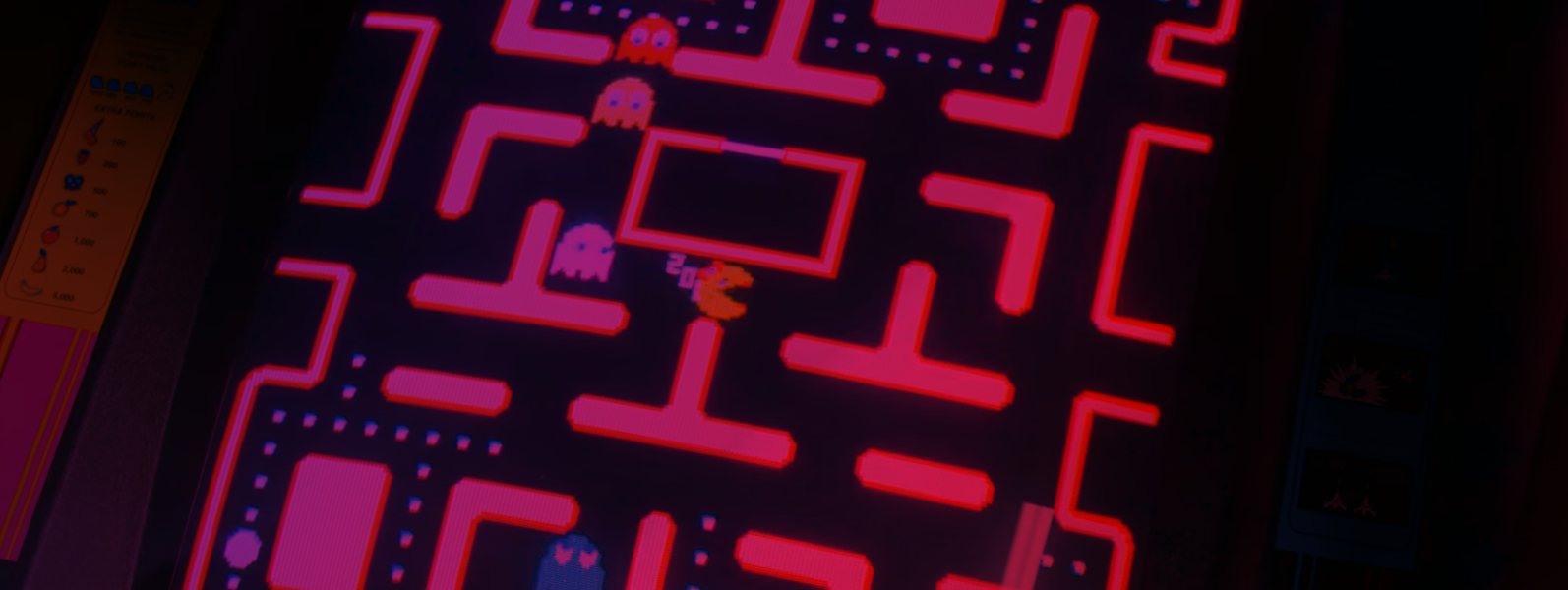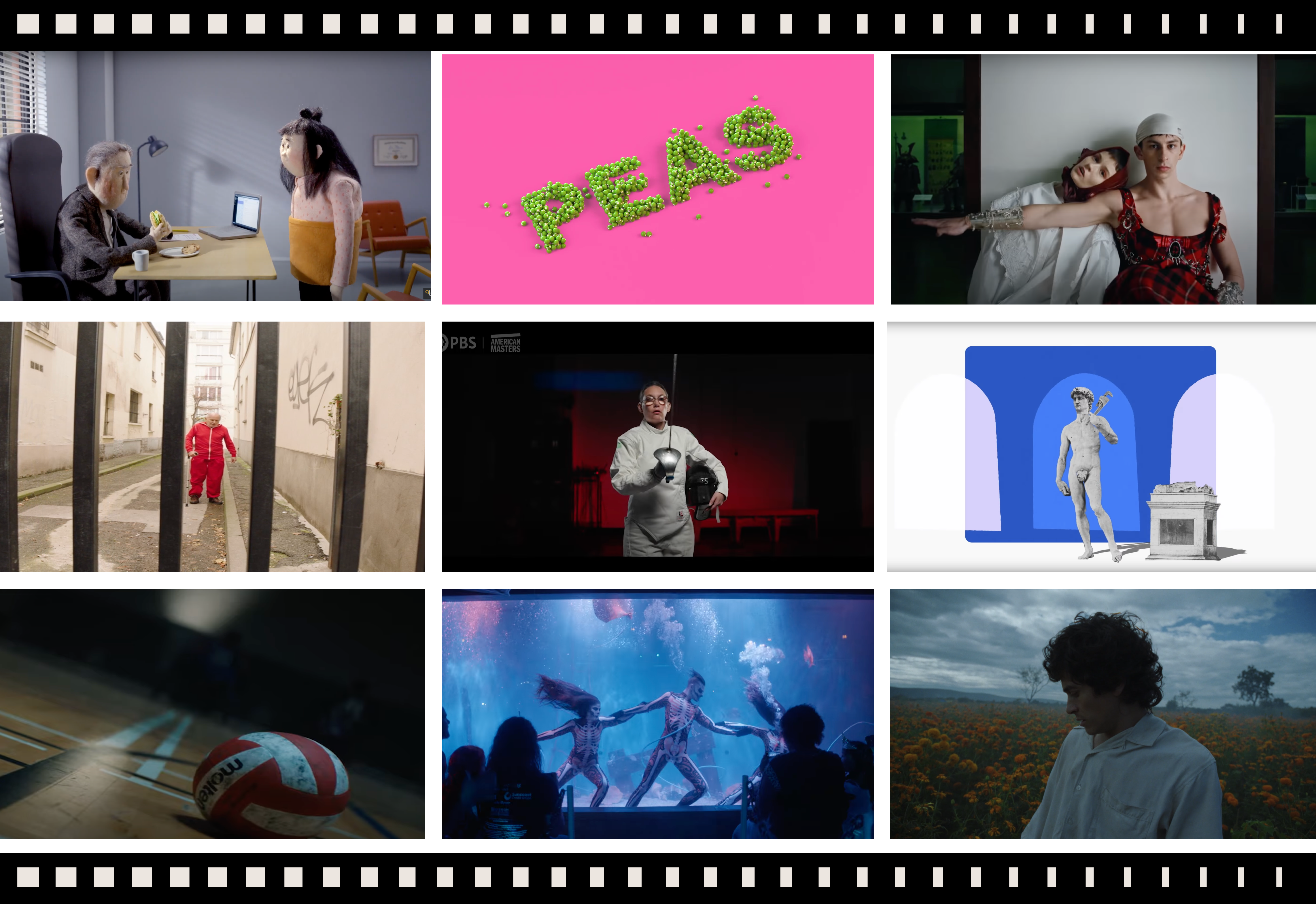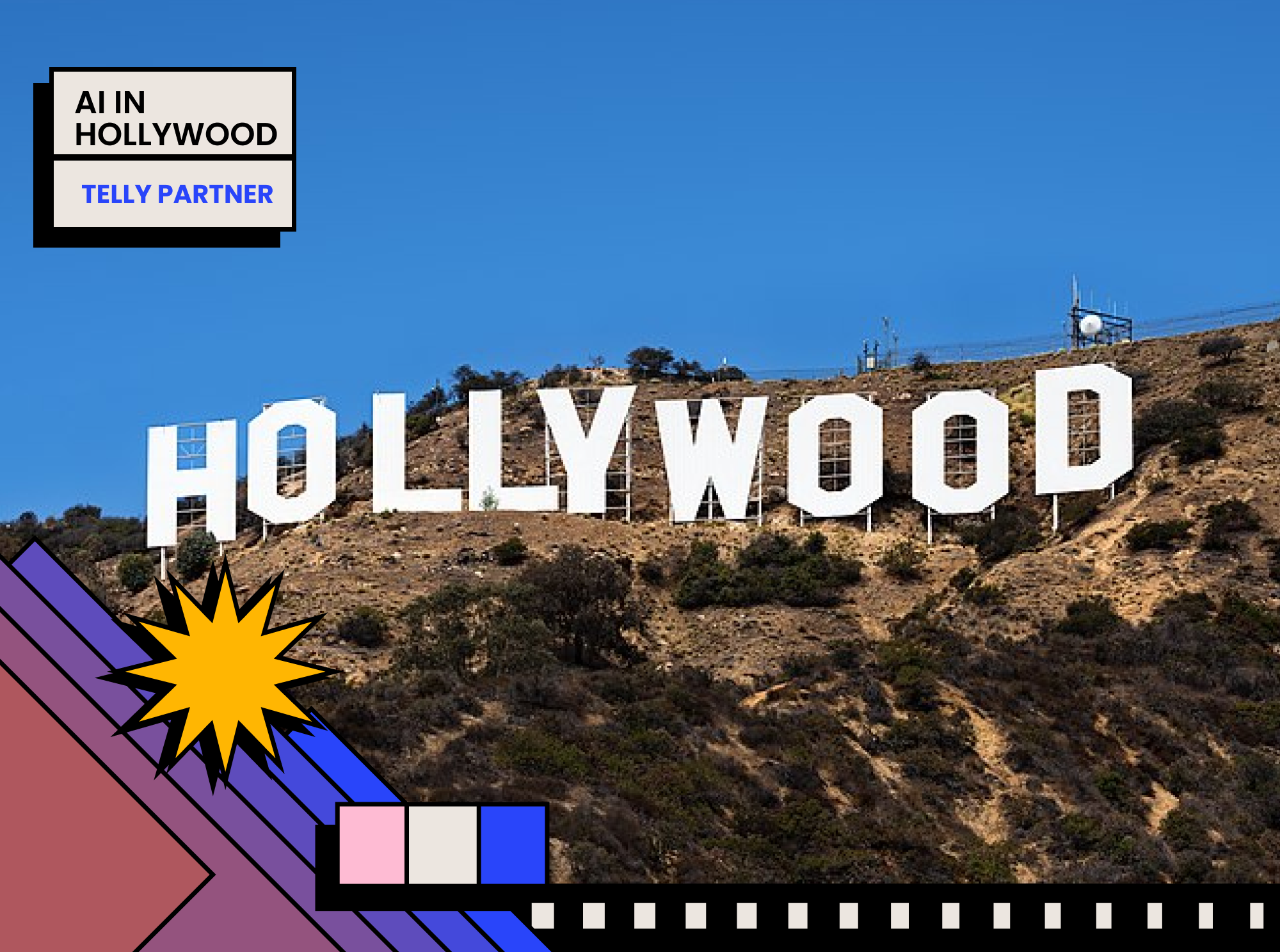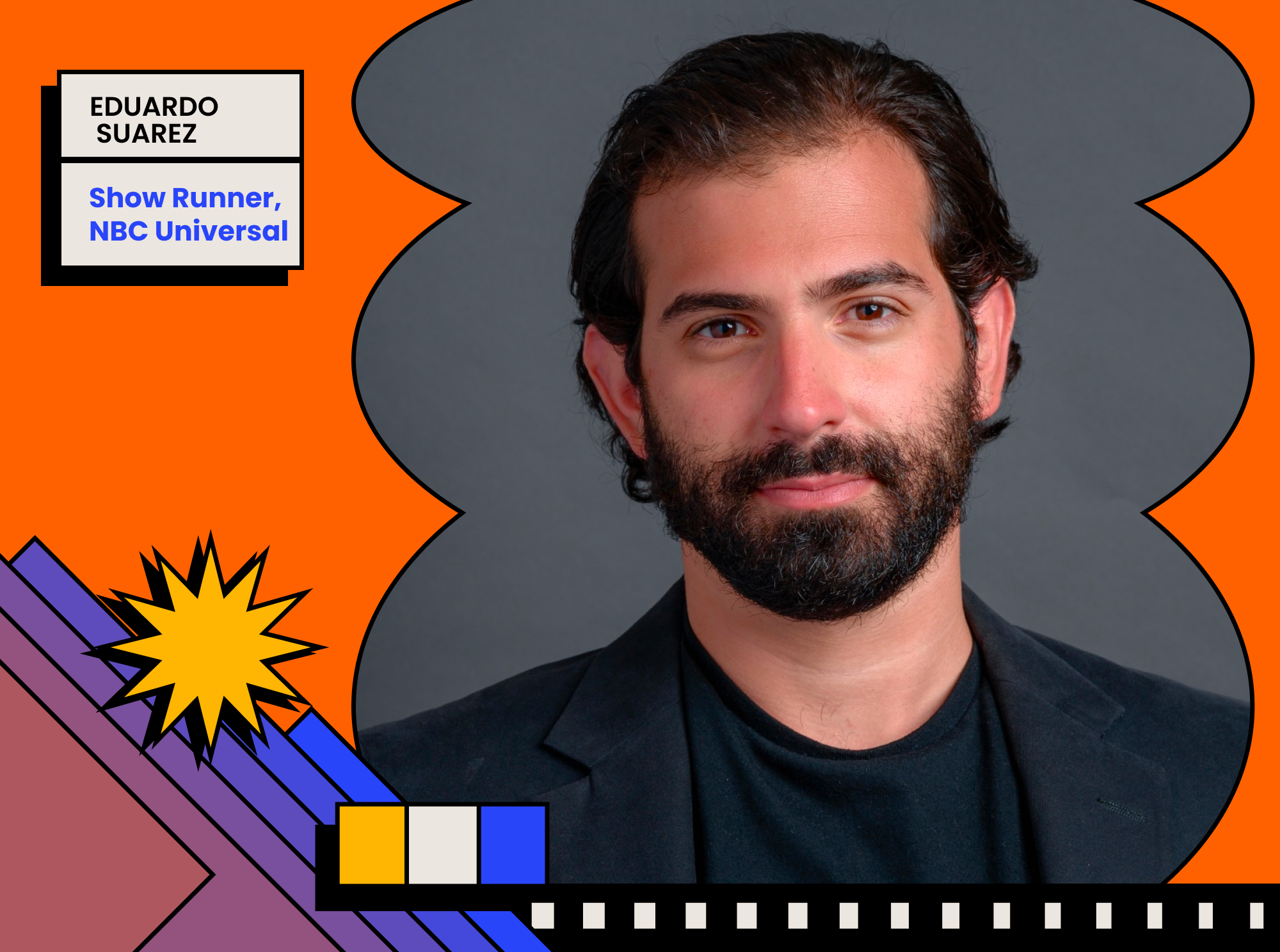We sat down with Courtney Chapman Coupe, VP of Content at Great Big Story to talk “micro-docs”, scaling producing and the international appeal of Pac-Man. Over the last 13 years, Courtney has run the gamut across the media landscape. She’s seen the underbelly of broadcast television, donning a navy blue suit as an NBC page and setting her alarm for 2:37am (to be exact) at Good Morning America, before launching digital video initiatives at ABC News and Bloomberg. Her work covering the inauguration of President Barack Obama in 2009 for ABC News earned her a News and Documentary Emmy Award – and she’s received two Emmy nominees for Outstanding Live Coverage of a Current News Story (Vote 2010) and New Approaches to News & Documentary Programming: Current News Coverage (ABCNews.com – Target bin Laden: The Death and Life of Public Enemy #1, 2011).
What is the origin story of GBS, and what gaps were present when you stepped into the market?
When Great Big Story launched in October 2015, we had this clear vision for what we wanted to produce and it surrounded short form, high quality non-fiction video that wasn’t tied to the news cycle. The digital video market was already crowded with copycat productions and everything felt so similar in terms of subject matter and style, so we needed a differentiating factor. For us that was quality. We knew there were incredible people doing extraordinary things, in a world that seemingly feels dark and scary everywhere you look. The “micro doc” format was perfect for us to develop a voice that resonated with people in a positive way and made us realize, “hey, the world is smaller than we really thought.”
Since then, we’ve made more than 1,600 stories and traveled to +85 countries worldwide.
Your viewership is both millennial and international. Have you seen that specific types and/or tones of stories perform best in specific markets?
It’s very interesting to see how overtones from our work can transcend borders. Humanity is full of compelling people and we see the positive, uplifting responses to their stories on every platform on which we publish. People can relate to character-driven stories in which the hero overcomes a trying challenge, whether it’s personal, societal or otherwise.
We produced a piece about the Pac-Man Champion, a gamer who made headlines in 1999, and it took off in the Nordics—of all places. What’s interesting about that video is that you don’t have to be a fan of Pac-Man to enjoy the story. We were able to uncover a quirky character that defied the standards of gaming culture and accomplished something no one in any arcade was able to accomplish before him.
You can be an urban-based millennial, who grew up around 90’s arcades, and is riddled with college debt and enjoy this piece, or you can be a 55-year old single parent from Sweden and find just as much enjoyment. Great storytelling has no limits on who it can impact, and that’s what we love so much about the videos we make.
On a daily basis, Great Big Story posts an abundance of work that is consistently diverse and engaging. Can you walk us through the production process that allows such a scalable output?
I like to think of our editorial staff as Swiss Army Knives. Really, there isn’t much they can’t do, and every week they have a handful of stories moving through different phases of production to keep the wheels churning (and the lights on). Initially, we wanted to be a machine that churned out upwards of 10 stories daily, but we realized the emphasis should be on quality, not quantity; that’s what led us to publish 2-3 pieces Monday through Friday. It’s the perfect amount because we’re not pushed against a quota and can dedicate the time we need to make every piece the best we can possibly create.
One of the biggest lessons we preach across the office is curiosity. Each video starts with an idea our producers can’t let go of. They want to “rabbit hole” down the web to find out as much as they possibly can about that topic. They then realize there’s a “surprise” element waiting to be unveiled, and that helps them craft stories in ways our audience will find intriguing and exciting. It’s impressive how well our producers execute on their visions and the wonder they uncover at the end of the day.
We only have about 20 full-time producers on staff, so when you look at the collective output and variety of stories they’re able to find, it’s amazing. Some may think we’re a massive production house, but in reality, we’re a scrappy group that, in many ways, mirrors the audience that comprises our following (not just in age range, but in beliefs, perspectives ideals, etc.)
What can we expect from Great Big Story in 2018?
As a startup, we’re pretty lucky to be in the position we’re in, and 2018 is shaping up to be yet another strong year of growth and development. We want to continue pushing the boundaries our storytellers explore—both in terms of subject matter and stylistic treatment. It’s our goal to make every piece of content as visually engaging as possible. Some micro docs will turn into series, others will become long form content, but what we’re most excited about is strengthening the connections we have with fans. Offering a touch-and-feel experience outside the digital realm will go a long way for this company. We’re excited to see how events can transform our stories into real life settings, as a part of being accessible to followers and offering them more than just a moving picture on screen.





